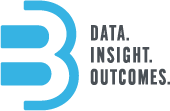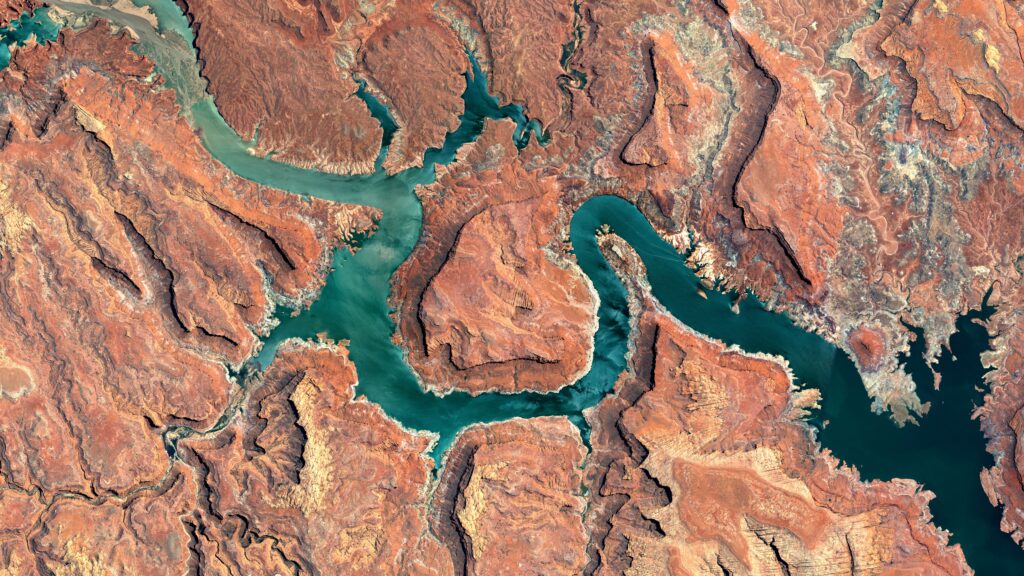
Kelly Bennett
Co-Founder & CEO
Over the last year, the B3 Insight team has been engaged in some really exciting projects intended to advance water management far outside of the oilfield water lifecycle. Two in particular have driven home the importance of data and the challenges we face both acquiring data and then making it useful.
Water Management Front Lines
First, we have been engaged in an ongoing dialogue about complex decision support through the development of digital twins for large natural water systems and integrating them with operational data through edge technologies. The possibilities for workflow tools seem limitless; the data needs are immensely broad. With so much possibility (and SO much data needed), a painfully clear dilemma emerged immediately: Where do we begin?
Second, we are serving as a data provider and subject matter expert in a collaborative, academic-led project developing potential market-based management approaches to address water shortages in the Upper Colorado River Basin. The aim of the project is to build models that can underpin market mechanisms to facilitate more effective water conservation to supply Lakes Mead and Powell. What a timely issue, given last year’s startling images of fast-emptying reservoirs followed by this year’s precipitation surplus. In general, my attitude is that market-based solutions are more equitable and more durable than those born of regulatory edicts. This work is thus both exciting and essential, and the team is making great headway with its analysis, which has required a comprehensive assessment of available data. The challenge we have run into in this effort contrasts the aforementioned digital twin project: the data needs are tremendously specific, and the data are not particularly interoperable, even within a single state, let alone across the whole river basin. In many cases, the needed data simply do not exist.
State of Water Data
Measurement is a key issue at the core of the data challenges in both projects. Simply put, in order to achieve both projects’ goals, we are going to need to measure a lot more aspects of natural systems and water use. As I participated in project calls lamenting the state of water data (largely the lack of data, the number of stream gauges that have not been replaced or added, etc.), I was transported back to the Duke University/Aspen Institute water data dialogues I had the privilege of joining seven years ago. In those dialogues, the organizers masterfully facilitated expansive conversations about the ‘who’ and ‘how’ of water data transparency. Seven years later, major concerns shared in the dialogues still reign. Issues of fairness, privacy, and agency over data relating to one’s water use jumped to the front of my mind. If we are going to manage water better, we need to measure it better, but there are risks born with this enhanced measurement and transparency, and they are not borne equally by all stakeholders. This is not to say that increased transparency is a bad idea, but rather to highlight the need to be thoughtful in its execution – and with the ‘insight’ it is used to generate. This is where ulterior motives can enter the dialogue and ruin everything.
We experienced this dynamic a couple of years after launching our first water rights platforms. A major newspaper group reached out looking for data on water rights diversions located on public land. As a general practice, we don’t provide data unless we understand how they will be used. In this case, the answer was startling: They intended to produce an exposé on how private landowners were stealing water from public lands. When we asked if the journalists were aware that most of the water diversions in question predate statehood, let alone the designation of public lands, the answer was even more shocking: it didn’t matter to their story. Consider the damage to agriculturalists if the granular water use data we long for today existed then and were integrated into this type of ‘analysis.’ The headline Colorado Ranchers Steal Billions of Gallons of Water From The Environment would be plastered across a national news platform. It was a harsh reminder that even accurate, insightful models can be made rhetorical as opposed to solely demonstrative. Sounds like a great way to incentivize collaboration, right?
Safeguarding Water Data
If we believe that measurement is a key source of needed new data, that data is the core of trust, and that trust is what’s needed as a foundational element for new policy to better manage this scarce resource, then we have some thinking to do. In an age when it is easy (and profitable) to manipulate data to show whatever we want, we need to make sure that expanded data collection protects the legitimate interests of affected stakeholders and the integrity of the models it informs. Anything less will undermine sorely needed efforts to bring stakeholders together using information they can trust.




